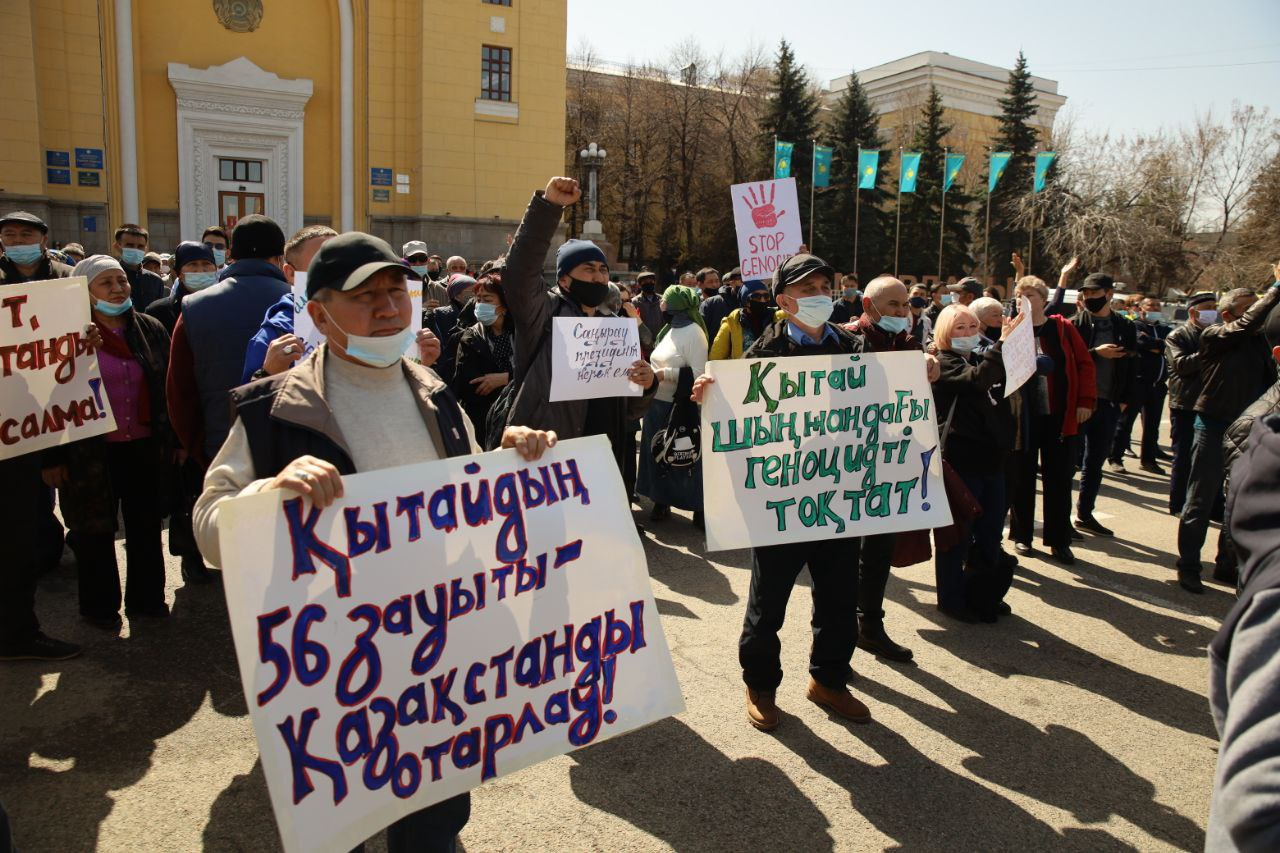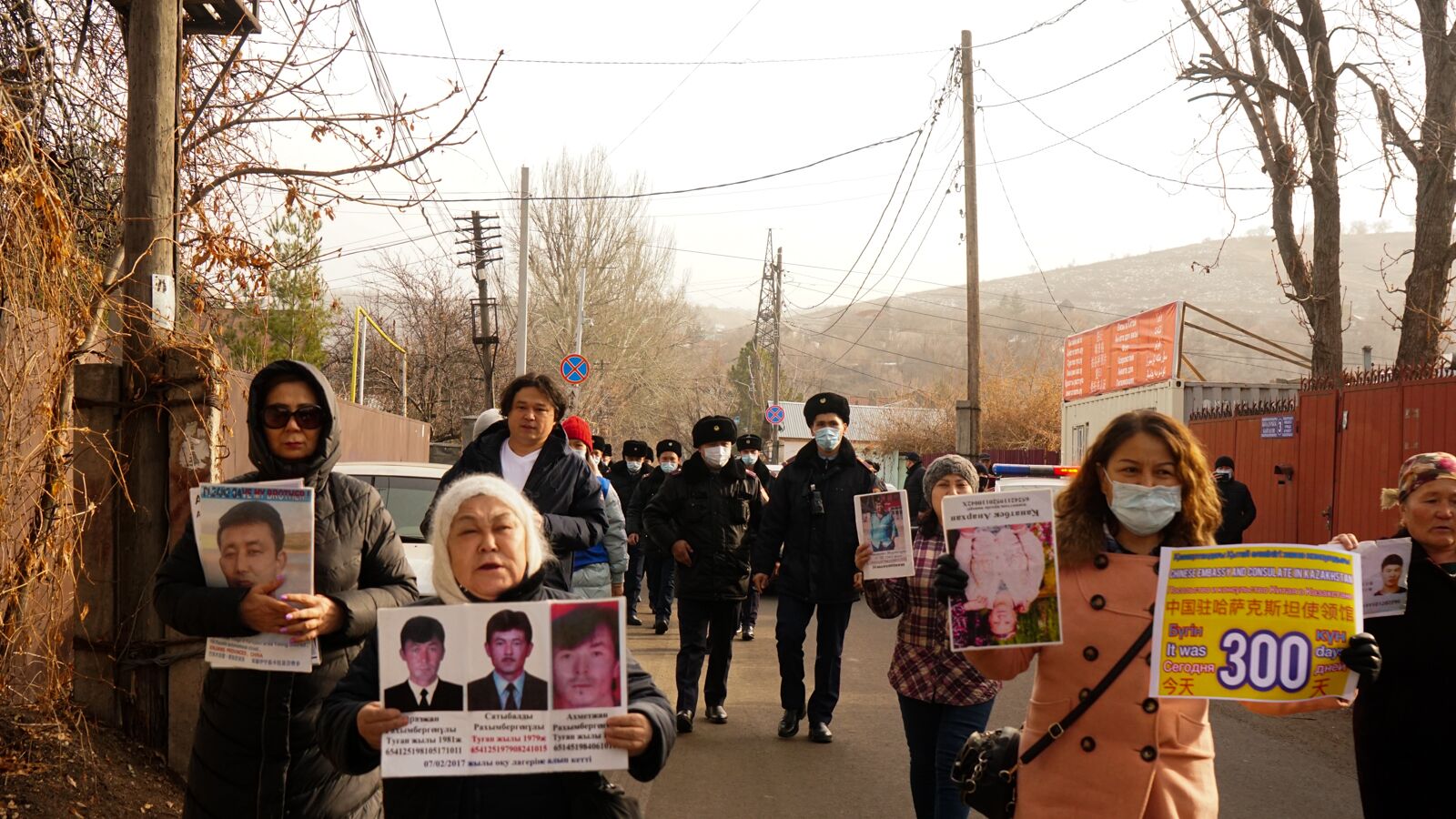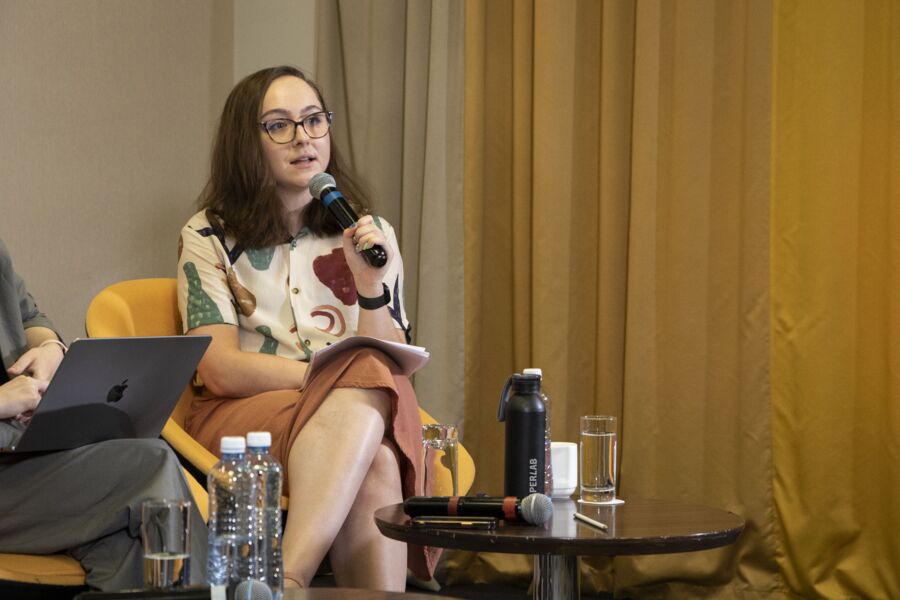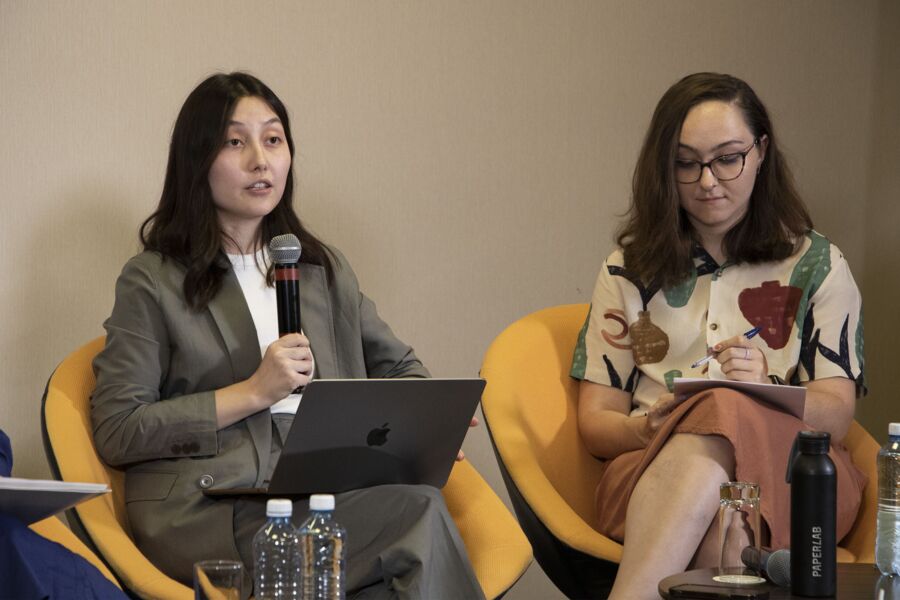- ВКонтакте
- РћРТвЂВВВВВВВВнокласснРСвЂВВВВВВВВРєРСвЂВВВВВВВВ
Sinophobia in Kazakhstan remains strong and constant, and its causes are much broader than just prejudices against China. One of them is ineffective information provided to the public by government agencies. This is indicated by the results of a study on the perception of Chinese presence in Kazakhstan, conducted by the Paperlab research center in 2022 and presented by their analysts in late July.
Kazakhstan remains prone to Sinophobia, according to Ruslan Izimov, a reviewer of the study. Izimov is a China expert at the Center for the Study of China and Central Asia “Synopsis” in Almaty. He cites the results of а Central Asia Barometer survey: 70% of Kazakhstanis surveyed do not believe that Chinese investment is creating jobs in the country. In neighboring Uzbekistan, for example, around 70% “place their hopes” in Chinese investment.
Izimov says that Sinophobia in Kazakhstan has several peculiarities. Despite close economic and trade ties, relations with China carry explicit and implicit risks that form the basis of Sinophobia in society. According to Izimov, China’s image is influenced by a “historical image” that is partly due to Soviet propaganda in the 1960s and 1970s and the deterioration of relations between the countries during that period. The border with China remained one of the most protected even after Kazakhstan gained independence, as relations with China improved. The situation on the border only changed after the establishment of the Shanghai Cooperation Organization (SCO).
According to the analyst, protests against China in Kazakhstan have emerged because of decisions such as the establishment of “re-education camps” in Xinjiang and repression of the local Muslim population as a whole, demographic issues, and the rapid increase of China’s share in Kazakhstan’s raw materials sector. There was a growing concern that Kazakhstan would become a raw material appendage of China. Izimov noted how the provocative media reports from China about Kazakhstan “wishing to return to China” led Kazakhstan to summon the Chinese ambassador in 2020.
The analyst also highlighted long-term systematic threats that reinforce Sinophobia in Kazakhstan, such as the increased use of water from transboundary rivers by the Chinese side, which could potentially endanger the environment in the central and eastern regions of Kazakhstan.
The sinologist especially noted a Chinese plan of economic coercion.
“We noticed this by the long lines at the border with China, which stretched for many kilometers. Chinese authorities explained this with a zero-tolerance policy against coronavirus and their quarantine restrictions. Despite this, it is clear that China uses economic blackmail to achieve goals in other industries,” Izimov said.
The Belt and Road Initiative (BRI) launched by Xi Jinping 10 years ago has intensified Sinophobia associated with the activities of Chinese companies. Paperlab’s research focused on three BRI projects: The Taiynsha-may oil refinery in the village of Ilyichevka in the North Kazakhstan region, the mining and processing plant for the processing and enrichment of Boguty tungsten ores "Zhetisu tungsten" in the village of Nura in the Almaty region, and the Zhanatas wind farm in the town of Zhanatas, in the Zhambyl region.
Chinese projects carried out in small towns are under the local community’s looking glass, the researchers argued. The study also excluded projects in the oil and gas industry, due to the specificities of the sector.
Researcher Victoria Nem underscored the importance of understanding the social and economic context in the regions where companies are present in order to grasp the key problems of local communities and their demands. In the three settlements, residents raised the issue of reducing the amount of pasture land, through an unfair and corrupt distribution of land by local officials, as well as the activities of foreign enterprises, that are occupying more and more land.
Along with the land issue, participants of the survey often mentioned the issue of public services, namely irrigation and drinking water, heat, light, and electricity. In the village of Nura, residents lamented the poor quality of tap water and water shortage. In Zhanatas, the main issues concerned the high cost of water, the deplorable state of roads, transport, and lighting. According to Nem, in rural areas there is a lack of consumer and health care infrastructure, such as doctors and pharmacies.
Residents attributed this to the unsatisfactory performance of local executive bodies, ineffective distribution of budget funds, the inability of rural governors (akim) to make decisions without coordination with district and regional akims, as well as the corrupt behavior of akims and high-ranking officials. Against this backdrop, residents see a foreign investor as a way to solve pressing problems, even if this does not fall within the scope of social corporate responsibility. The researcher noted that this creates the belief that the investor is obliged to solve social needs. Investors are quite open to local residents and are ready to engage in dialogue and help with the social improvement of the regions. However, the process of interaction between local residents and the investor is mediated by the local government.
Nem says local residents are often unaware of the assistance companies provide. For example, in the village of Ilyichevka, the company Taiynsha-may provided houses for migrants from the south and Qandas who worked at the plant, made repairs to the school, provided transportation for schoolchildren in the winter, built a well to provide the village with water, and sent a fire truck, now the only one in the village.
“We received this information from the company itself. Local residents, were unaware of most of the company's social activities. In general, the company relies exclusively on the local government in this matter,” Nem said.
Researcher and project manager Anastassiya Reshetnyak claims that the local government is usually not interested in PR for a foreign investor and is “glad once the issue is somehow resolved.” Companies sometimes fail to properly inform the public, despite carrying out consequential projects. Reshetnyak said the Zhanatas project is the most efficient wind farm in the country, but residents do not believe that “Chinese wind turbines” can be “green”. Investors in the Zhanatas project also collaborated with the Asian Infrastructure Investment Bank, by which they were obliged to create an algorithm for interaction with the local community, but it has not worked.
Local residents often link environmental problems with the work of Chinese enterprises, researcher Aliya Tlegenova said. According to her, Chinese projects are surrounded by a series of myths and Sinophobia often manifests itself due to precipitous and limited information about the projects among residents.
“In the case of the Zhanatas wind farm, locals maintained prejudices about Chinese companies because of a previous experience with a dirty enterprise in the city,” Tlegenova said.
The lack of trust in government agencies is a significant factor at play. Researchers link this to limited resident engagement, which is further hindered by the challenge of acquiring information from these agencies, despite the rights enshrined in the Environmental Code and the Aarhus Convention. The researchers encountered this issue firsthand, as they did not receive any of the documents they had requested from the ministry of environment. Additionally, Tlegenova suggested that courts often cite the need to safeguard trade secrets when denying access to information.
In addition to the right to information, citizens can participate in public hearings, where they can vote for or against a project, but they are often unaware of the hearings or find out late. Sometimes government agencies allow an extremely limited circle of people to attend hearings and this shifts the focus from environmental problems to an issue of social justice.
Tlegenova, in sum, said that the lack of access to complete information about the environmental impact of enterprises and the limited participation of residents in decision-making worsens the perception of Chinese projects in the regions.
“Local residents are confident that the main role of government agencies is to hide information about the harmful environmental impact of Chinese companies. While it is difficult to put pressure on local and central authorities for tighter control over enterprises, the main antagonists in the eyes of local residents become Chinese companies, which by default ‘have ulterior motives and vested interests’,” Tlegenova said.
“Sinophobia and interaction with Chinese investment projects is not about China at all, it is about us, about who we are,” Reshetnyak added.
She is sure that the problem is also of a managerial nature. A number of government agencies are involved in dozens of ongoing Chinese investment projects - the national company KazakhInvest, the Investment Committee of the ministry of foreign affairs, other ministries and local governments. Yet, the akims of rural districts often lack leverage over the companies.
Reshetnyak argues that the narrative by which “authorities are Sinophiles and citizens are Sinophobes” only serves as an excuse for not disclosing information and resolving any issue behind closed doors, despite the growing demand for information from residents.
Researchers believe that Sinophobia in society can be overcome. By ensuring transparency and accountability the government could negotiate decisions regarding assistance and investment with the local community.
The researchers also said the company’s corporate social responsibility plan or ESG principles (Environmental, Social, Governance) must be public and have a measurable KPI (key performance indicators) based on publicly accessible company reports. Nem said the companies should first study the needs and demands of the local community before launching a project.
In addition, Reshetnyak said local and central executive bodies should be proactive, “without fretting over investors who themselves are on the defensive.” Chinese companies themselves should also improve communication with local residents by creating communication channels. And labor collectives should organize into trade unions to protect their rights at work.
Nem added that rural akims often know and are themselves part of the community. To increase efficiency, she recommended expanding the autonomy of rural akims.
Tlegenova said the authorities involved in environmental protection and ecology should “stop playing the role of a technical operator” and change priorities towards increasing awareness and involving residents and the expert community at the earliest stages of investment projects. This way, she argued, it would be easier to debunk a range of Sinophobic myths.
This article was originally published in Russian. This is an edited version translated by Dakota Crookston.
Поддержите журналистику, которой доверяют.











